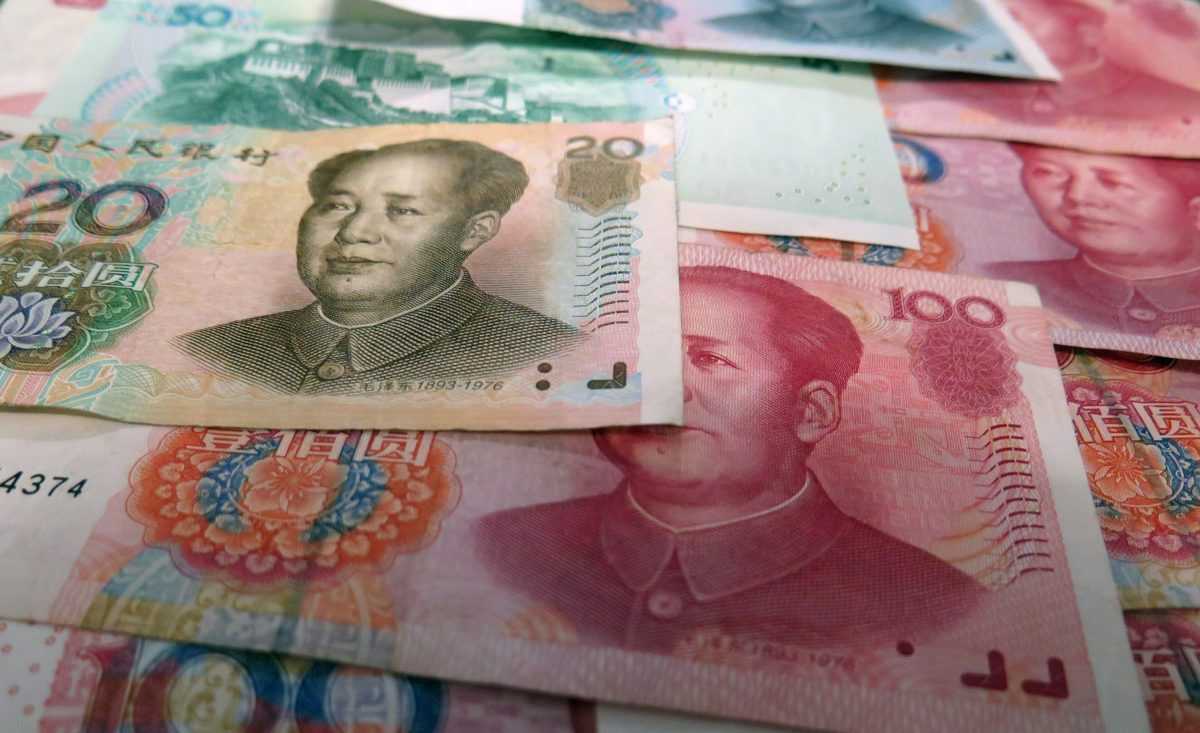15 ASEAN countries sign the Regional Comprehensive Economic Partnership (RCEP), strengthening the Chinese Yuan. India opts to stay out of the agreement.

RCEP is Big Victory for Chinese Yuan
The Chinese Yuan is moving higher against the US Dollar at 0.1525 levels. The currency pair has been showing continuing strength after touching low levels at 0.1400 in May. The RCEP agreement will favour the Chinese economy, and the CNY/USD currency pair will gather further upside momentum, especially as the US Dollar is weakening.
RCEP and Currency Movement
The RCEP was signed on the last day of the 37th ASEAN Summit, Sunday, at Hanoi. The RCEP group consists of China, Japan, Australia, South Korea, and New Zealand. The 10 ASEAN members are Indonesia, Thailand, Vietnam, Malaysia, Laos, Cambodia, Brunei, Myanmar, Singapore, and the Philippines.
Trade relationships between countries like Australia, Korea, China, New Zealand, and Japan will improve with RCEP. It enables easier trading of products and services across these countries. Negotiations on this deal have been on since 2013. The China-led world’s largest free-trade bloc was signed after eight years of negotiation between nations.
With the signing of the RCEP, the Asian markets are trading positively, and the US Dollar has retreated. However, Asian currencies are on the upbeat. The Korean Won moves towards two-year highs. The Chinese Yuan is at 18-month highs. The Singapore Dollar and the Malaysian Ringgit are consolidating after a strong upwards move.
Covid-19 has resurged in the United States, Latin America, and Europe. In Mexico, the pandemic has affected 1 million cases. Following Pfizer’s vaccine announcement against the vaccine, Moderna has also announced its success. Global central banks signal an easing in monetary policies and pump in more liquidity into the economy.
US Dollar Index
The US Dollar Index Trades Lower
The United States is not a part of both trade groups, the RCEP and the TTP (Trans-Pacific Partnership). Asian countries are not waiting for the United States for trade agreements. The European Union is also into aggressive trade deals.
With the pandemic becoming a top priority, Biden’s foreign trade may remain low compared to domestic problems and security.
The US Dollar index is trading at 92.50 levels. The RCEP agreement is a very large trade pact that will definitely hit the US exports. American exporters may have to wait as domestic concerns are primary issues that plague the country.
CNY/USD
RCEP is China’s Diplomatic Success
China will benefit from the trade pact as its trade relations with Southeast Asia, especially with Japan and Korea. For the first time, major rivals like China, South Korea, and Japan will join together in the free trade agreement.
China’s Retail Sales show a 4.30% growth YoY for October as the Chinese economy has been outperforming. Industrial Production has increased YoY for October at 6.90%, much above expectations. China shows impressive growth amid the coronavirus pandemic.
AUD/USD
Australian Dollar at 0.7340 Resistance Level
The escalating tension between Australia and China may improve with the RCEP agreement. Simon Birmingham, the Australian Trade Minister says, “The RCEP will be a platform to mend relations with China”.
The AUD/USD currency pair almost reached towards the November 9 highs of 0.7341 before closing lower at 0.7318 on Tuesday 17. If the Australian Dollar breaks past this level at 0.7340, it has the potential to move to 0.7350, reached in September. The range at 0.7340 and 0.7350 will remain a crucial resistance level to watch out for.
USD/KRW
Korean Won Spurs Higher Against the US Dollar
The Korean Won and the Taiwanese dollar have moved higher, showing the biggest gains against the US Dollar. The trade-dependent economies will gain an impetus with the RCEP agreement.
The Korean business sector welcomes the RCEP trade made over the weekend. The Korean Chamber of Commerce and Industry states, “We welcome the conclusion. RCEP will usher in a new free trade bloc that will revitalize the Asia-Pacific Regions”.
USD/JPY
Japanese Yen moves towards ¥104 Levels
The Japanese economy shows a strong recovery in the third quarter, growing at a fast pace. The US dollar is trending lower against the Japanese Yen, breaking strong support at ¥104 during trading hours on Tuesday. If it continues its trend below ¥104 levels, it will see a sharp slope towards 103.50 levels, seen during the first week of November. The USD/JPY currency pair, which was drifting lower last week, surged higher on November 9, after the announcement by Pfizer on the Covid vaccine.
USD/INR
India Opts out of RCEP
India chose not to sign the trade agreement among the Southeast Asian Nations (ASEAN). Prime Minister Narendra Modi said last November that “lives and livelihood of many Indians, especially the vulnerable sector of the society will be affected”.
The US Dollar trends lower as Moderna’s vaccine news comes, though covid-19 cases are moving higher. USD/INR currency pair reached a high of 74.80 on Monday, but later, both currencies weakened. The Indian Rupee rebounded after saying “No” to the RCEP Agreement.
The RCEP will be good for many countries. Singapore will stand to gain from the trade pact, but smaller countries will be affected, especially as China is a big market that will stand to benefit most when compared to other countries. Imports and exports will be high in China, which will be good for the Chinese economy.